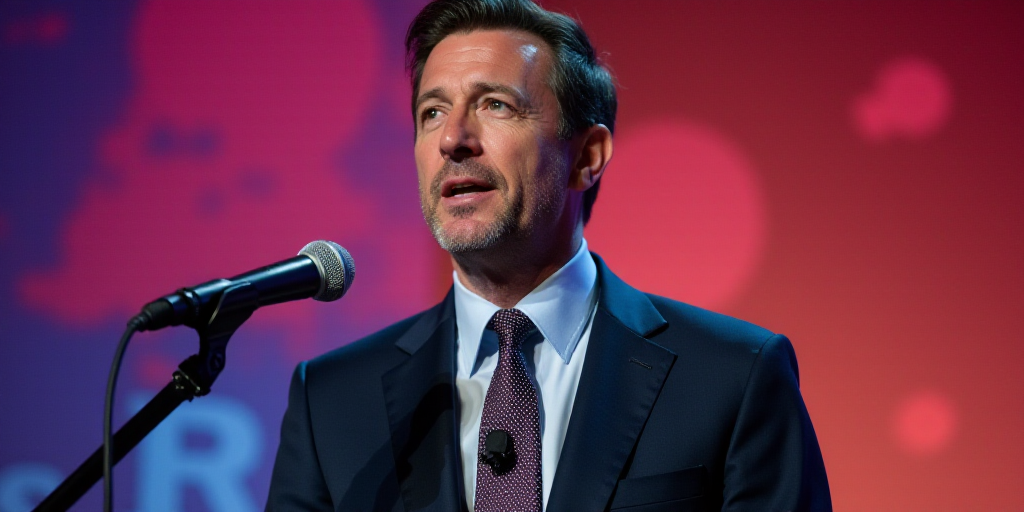Background on Donald Trump and His Trade Policies
Donald Trump, the 45th President of the United States, served from January 2017 to January 2021. Known for his “America First” policy, Trump frequently used tariffs as a tool to influence international trade. His administration imposed reciprocal tariffs on 185 countries and territories worldwide, ranging from 10% to 50%, targeting nations that were deemed insufficiently cooperative in combating drug trafficking, particularly fentanyl.
Trump’s Tariff Policy and Legal Challenges
In an attempt to address the opioid crisis, Trump invoked the International Emergency Economic Powers Act (IEEPA) of 1976 to impose tariffs on Mexico, Canada, and China. However, a federal court ruled against these tariffs, stating that the President had overstepped his legal authority. The case was brought by the Liberty Justice Center on behalf of five small U.S. businesses and 13 U.S. states, arguing that the tariffs would negatively impact their ability to operate.
Court’s Decision and Implications
The U.S. Court of International Trade, based in New York, unanimously ruled that the tariffs exceeded the President’s authority under the IEEPA. The court emphasized that the U.S. Constitution grants Congress exclusive authority to regulate trade with foreign countries, which cannot be overridden by the President’s emergency economic powers.
- Q: What did the court decide regarding Trump’s tariffs?
A: The court ruled that the reciprocal tariffs and fentanyl-related tariffs imposed by Trump were unlawful, as they exceeded the President’s legal authority under the IEEPA.
- Q: How did the court address the tariffs against Mexico, Canada, and China?
A: The court found that the tariffs invoked against Mexico, Canada, and China under the IEEPA did not adequately address the fentanyl crisis, as they did not meet the legal definition of “dealing with” the emergency.
- Q: What is the significance of this court decision?
A: This ruling reaffirms that laws matter and trade decisions cannot be left to the President’s discretion. It also highlights the exclusive authority of Congress to regulate international trade.
Reactions and Future Implications
Stephen Miller, White House Senior Advisor and one of Trump’s key political advisors, criticized the court’s decision on social media, stating that “the judicial overreach is out of control.” Meanwhile, the Attorney General of Oregon, Dan Rayfield, described Trump’s tariffs as illegal, imprudent, and economically devastating.
At least five other legal challenges against the tariffs remain pending. The Department of Justice has argued that the lawsuits should be dismissed, as private companies cannot challenge a presidentially declared national emergency under the IEEPA. Congress, however, has options to express disapproval if it disapproves of the tariffs, such as passing a joint resolution under the National Emergencies Act or amending the IEEPA to restrict its use in imposing tariffs.
Trump’s Tariff Implementation and Subsequent Actions
In early April, Trump implemented a 10% tariff on all imports to the U.S., citing the trade deficit as a national emergency. This tariff was intended to address the trade imbalances, particularly with China. Although many country-specific tariffs were suspended a week later, the administration announced on May 12 that it would temporarily reduce higher tariffs on China while negotiating a long-term trade agreement. Both nations agreed to lower mutual tariffs for at least 90 days.






